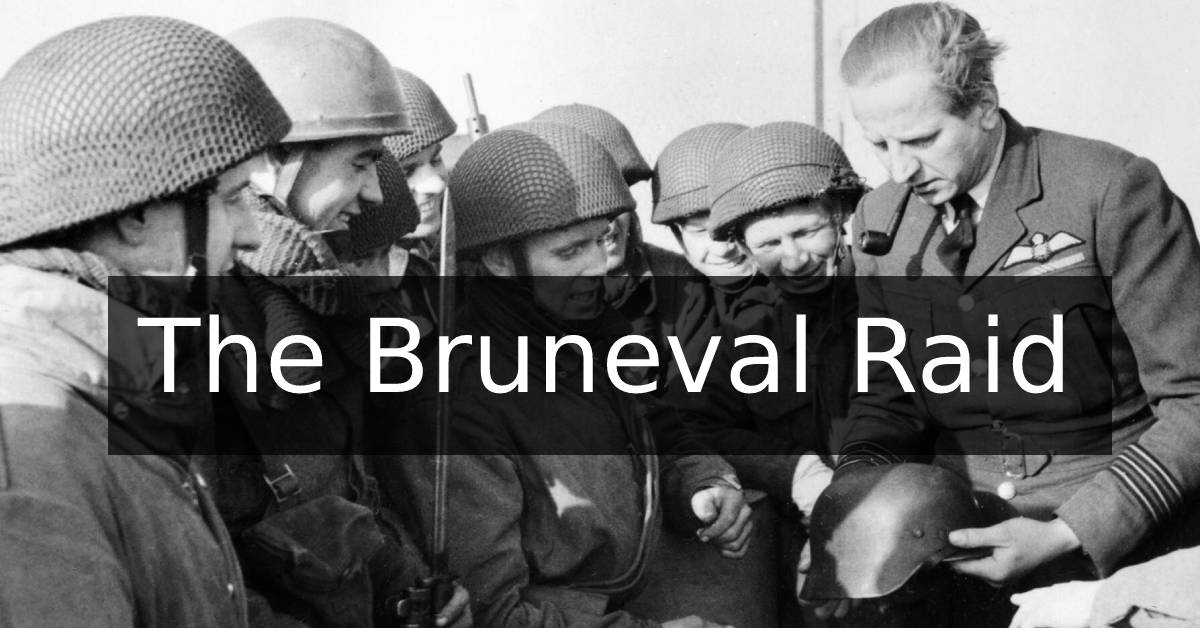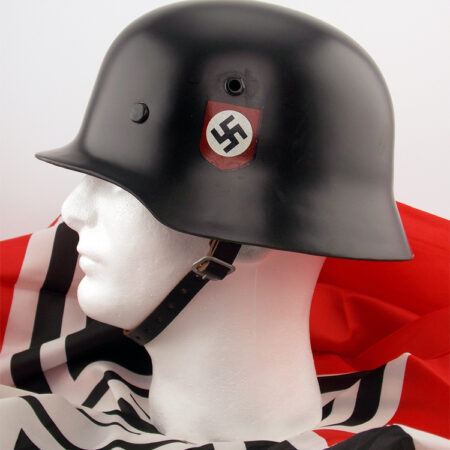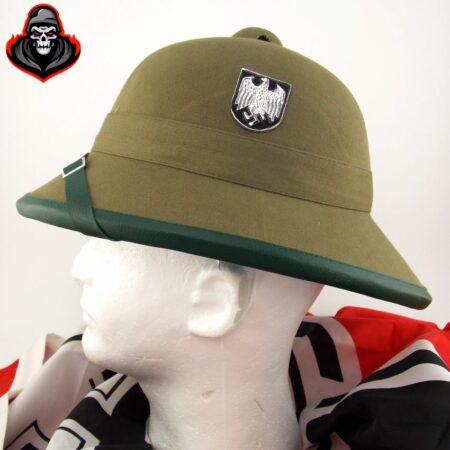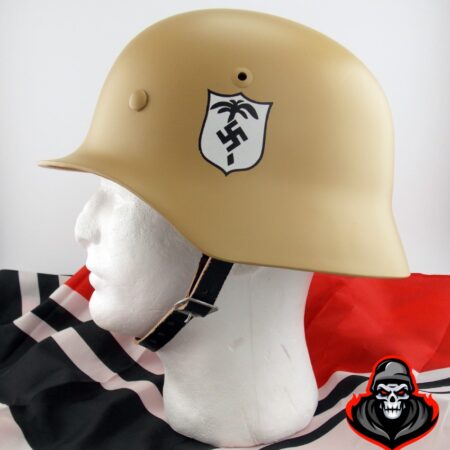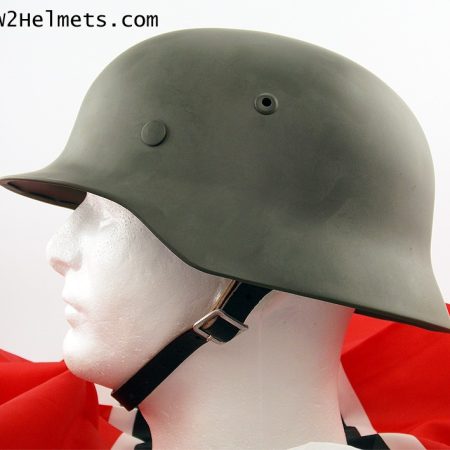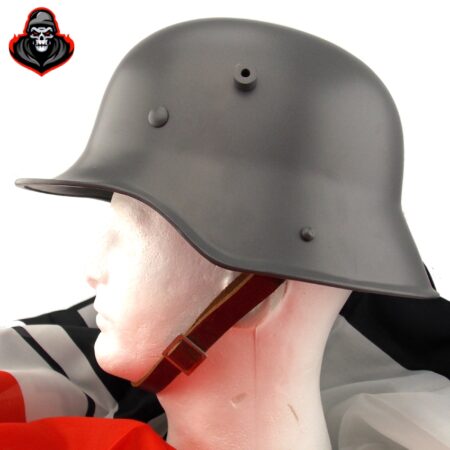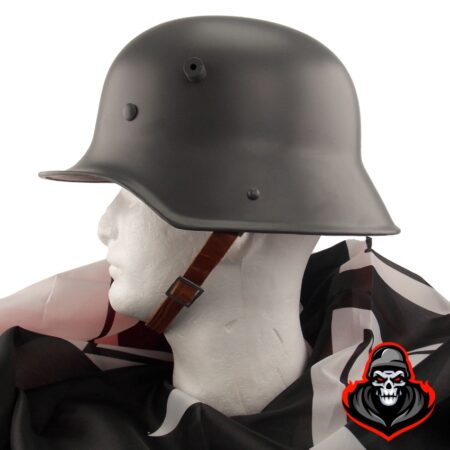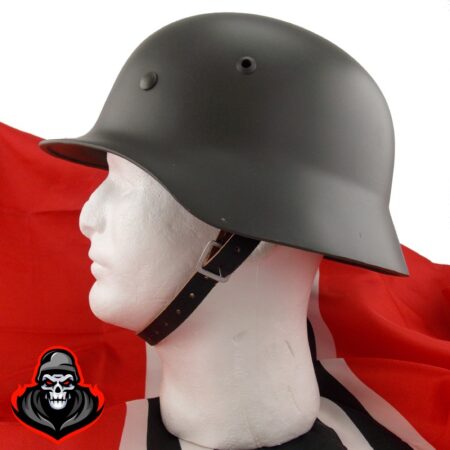The Bruneval Raid (February 27–28th, 1942)
The Second World War witnessed the first widespread use of paratroopers as military units. The first military parachute jump had actually been carried out by the Italians in the final weeks of the First World War, but this was from a low altitude and the concept did not enter widespread use for many years. With the outbreak of the Second World War the Germans began utilizing paratrooper units in the conquest of Denmark and Norway in 1940. Seeing the benefits the British quickly began utilizing military paratroopers themselves. An early example of how effective these could be in carrying out surprise attacks was seen in the Bruneval Raid, an attack on a German coastal radar installation in northern France on the night of the 27th of February 1942. The raid led to the capture of examples of the latest radar technology being used by the Germans and aided the Allied war effort greatly in the years ahead in their efforts to acquire air superiority in Western Europe.
The raid was planned as a result of German radar superiority in the early years of the war. Following the conquest of France in 1940, the British had quickly discovered that the Germans were better able to predict when the RAF were sending air attacks against German targets in Western Europe and intercept British planes much easier than the British could the Luftwaffe. The root of this, it was gradually discovered during 1941, lay in the Germans’ superior radar technology, a system employing two radar systems known as Freya and Wurzburg. These had been set up in radar stations along the northern coast of France and the Low Countries to monitor British air patrols.

Late in 1941 one of these radar stations was identified near the town of Bruneval on the north coast of France near Le Havre in Normandy. This was situated on a cliff top with a German garrison defending it and a further platoon in the town of Bruneval nearby. The British quickly determined to attack it and acquire details of the radar technology. A direct assault was out of the question, not least because it was assumed that the radar station personnel would have orders to destroy the equipment if they had advance warning of an attack. Hence, speed and stealth were of the essence. With this in mind, on the 8th of January 1942 the 1st Airborne Division commander, Major-General Frederick Browning, agreed to organise a British paratrooper raid on the installation at Bruneval. Browning believed that a successful operation would be a tremendous advertisement for the nascent British paratrooper divisions.
The raid, codenamed Operation Biting, was planned quickly in the weeks that followed. It was agreed that a force of 120 paratroopers would conduct the raid in the spring under the overall command of Major John Frost. These would be divided into five units which would parachute into Bruneval near the radar station. Three of the detachments would enter the radar station and capture the technology involved, one would monitor the perimeter and the fifth would secure a nearby beachhead. Once the mission was completed a nearby Royal Navy detachment would proceed to the beach and bring the men back across the English Channel. Weeks of training followed, before a bout of favorable weather led to the decision to implement the plan on the night of the 27th of February 1942. The naval force which Frost and his men would rendezvous with on the beachhead left England that afternoon and that night the 120 men from the 1st Airborne Division and the 2nd Parachute Battalion headed across the English Channel on board RAF planes of the 51st Squadron. It would prove to be one of the first great British paratrooper operations.
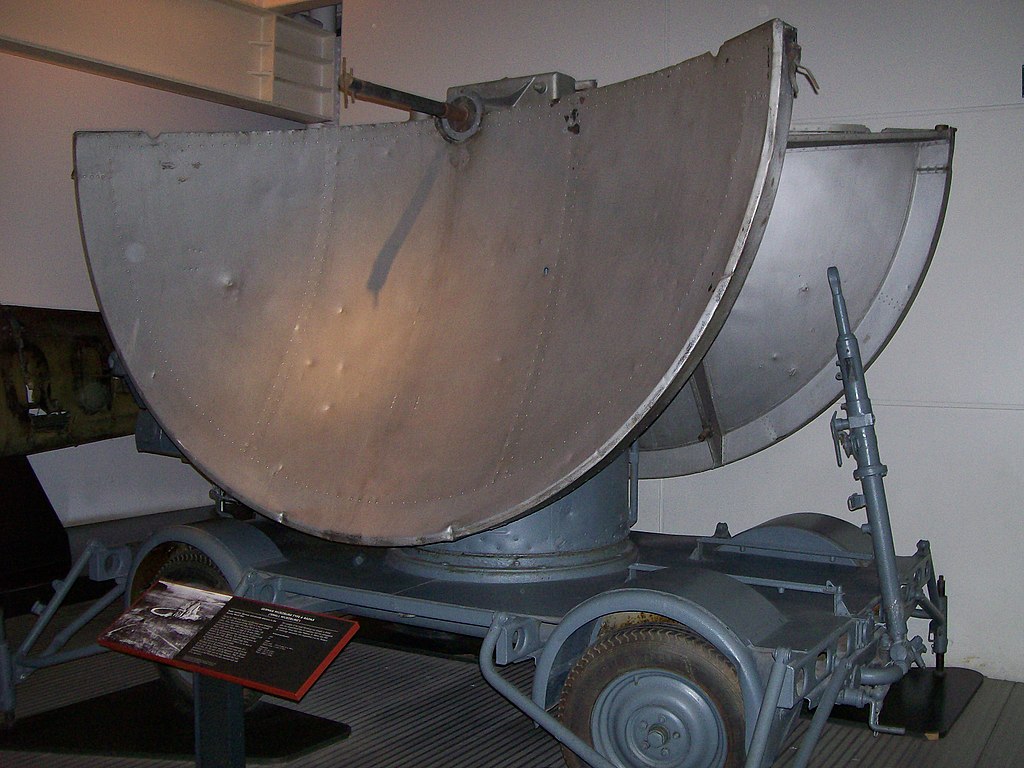
The planes had a clear run over the English Channel and the paratroopers were able to launch successfully and land around the drop zone near the radar station at Bruneval. Three of the divisions now moved towards the radar station under Frost’s command. Once they had surrounded the main buildings they revealed themselves, opening fire and quickly seizing the main radar station. A number of specially trained sappers then began disassembling the radar and packing the vital parts to bring them with them to the evacuation beach. However, in the meantime, with their cover blown, the bulk of the German garrison troops had taken up positions around the radar station. Frost and his detachments had to fight their way back out. They then proceeded to the prearranged beachhead evacuation point, however a machine gun installation here caused considerable trouble before it was seized by one of the detachments attacking it from the rear. Further difficulties arose as the Royal Navy boats were late in showing up to the evacuation point, having nearly been detected by a German patrol boat. Accordingly when the boats landed at just before 3am it was in the nick of time. Additional German troops had responded to the raid and as Frost and his men escaped onto the evacuation boats German soldiers were gathering on the cliff by the radar station. As they made their escape back across the English Channel the paratroopers had only just avoided a much more hazardous situation by minutes.
The mission was a complete success. Not only did Frost and his men capture the necessary radar components, but they also kidnapped a German radar technician and brought him back to England. In the weeks ahead examination of the radar parts allowed British scientists to develop countermeasures to combat the superior German radar technology. By early 1943 the corner had been turned and when British bombing raids were conducted against Germany in the summer of 1943 the RAF was able to completely scramble the Germans’ radar system. More broadly the Bruneval Raid was a major morale boost for the British. Churchill took a personal interest in the mission afterwards and Frost and several of his officers were awarded with service medals in May 1942. As a result of all this the War Office greatly expanded the British airborne forces and created a new Parachute Regiment. Hence the Bruneval Raid was a major factor in the spread of the use of paratrooper divisions within the British military at the height of the Second World War.

